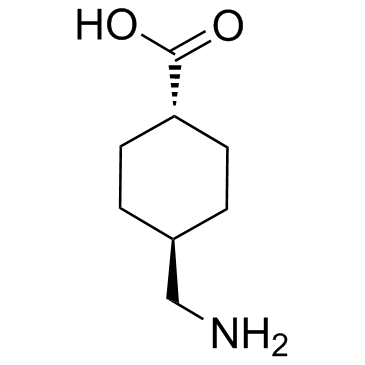| Structure | Name/CAS No. | Articles |
|---|---|---|
 |
Tranexamic acid
CAS:1197-18-8 |
|
 |
Plasminogen
CAS:9001-91-6 |